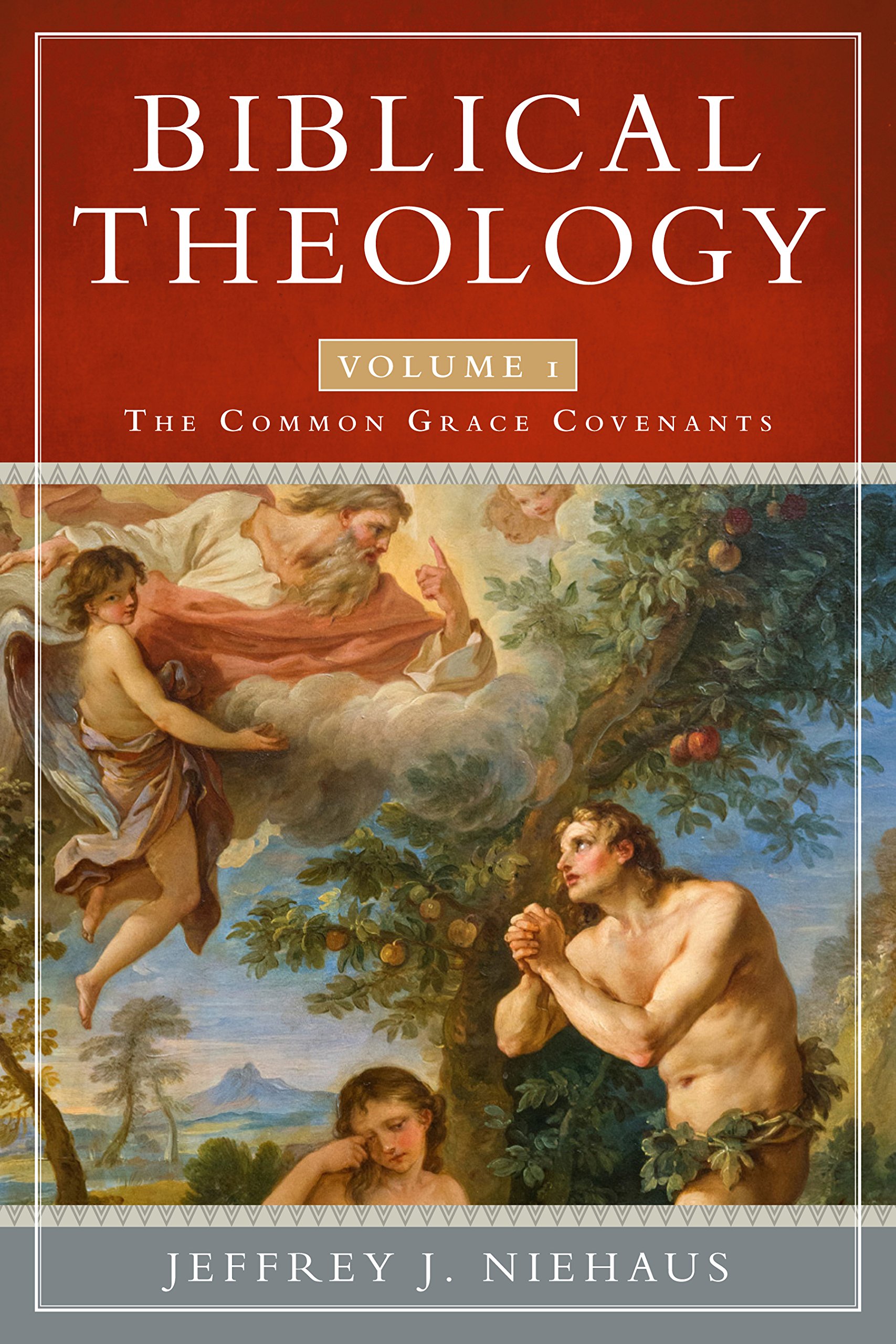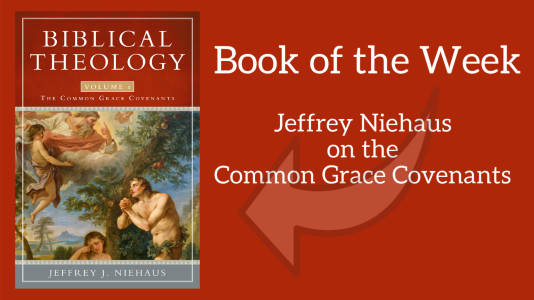Ever since Johannes Cocceius in the seventeenth century, the dominant model for federal or covenantal theology has been the Covenant of Works — Covenant of Grace dichotomy. This bi-covenantal scheme holds that Adam was under the Covenant of Works, potentially with the reward for obedience of eternal life, while all covenants after the fall were covenants of grace. This scheme underlies Reformed ecclesiology and is therefore vital to the theological system.
One problem with this scheme (at least in the view of some theologians, and in my own view), is that it theologizes the idea of covenant rather than understanding it as an ancient Near Eastern phenomenon. This isn’t too surprising, though, since Cocceius and his followers lived before the major ancient Near Eastern textual excavations in the 19th century. But now that we have so much knowledge about Israel’s ancient neighbors, and particularly about what covenants actually were, we now are responsible for ensuring that our understanding of covenant takes that data into account.
One scholar who has done this magisterially is Meredith Kline, particularly in his Kingdom Prologue and Treaty of the Great King. He understood covenants as contractual agreements between suzerains and vassals and attempted to integrate this understanding into the existing bi-covenantal structure. But the problem remained whether this bi-covenantal structure accurately reflects how the OT presents the various covenants.
We should all now take note of Jeffrey Niehaus’ work on covenant, who stands clearly in Kline’s tradition. He has previously published a small monograph on Ancient Near Eastern Themes in Biblical Theology and his major and oft-cited monograph God at Sinai: Covenant and Theophany in the Bible and Ancient Near East. He has therefore situated himself well to write his new Biblical Theology, beginning with volume 1, The Common Grace Covenants, which studies the two covenants of Genesis 1-9. This volume makes the major contribution to covenant theology of understanding the concept in his historical milieu and with close attention to the details of the biblical text.
Covenant in the ancient Near East is a “power relationship,” a relationship that originates from God’s power relationship with creation and its inhabitants when he created it and them” (36). God provides good things for his vassals, imparts standards for their way of life, blesses them for obedience and curses them for disobedience, and is the eternal witness to these facts (37).
Rather than a Works-Grace bi-covenantal structure, Niehaus sees one overarching program administered in two kinds of covenants: Common Grace Covenants and Special Grace/Revelation Covenants. His distinction is made based on two main claims: (1) multiple covenants in the ancient Near East were never consolidated into one (as would be the “Covenant of Grace”); (2) the Adamic and Noahic covenants are made with all of mankind and endure until the eschaton, while the Abrahamic, Mosaic, Davidic, and New covenants only apply to God’s elect people and remain eternally.
One of the most significant points of this book is his take on the Noahic covenant. Since all covenants are discrete covenants (yet organically connected), the Noahic covenant is also a discrete covenant. It is not part of one theologically constructed “Covenant of Grace.” To construct such a single covenant is to gloss over the various differences between each of the covenants from Noah to Christ (223-224). Rather, the Noahic covenant is part of “one legal package” with the Adamic covenant under which all humans life, both of which are Common Grace Covenants.
The entire book falls into seven chapters and four appendices. The first three chapters look at the Adamic covenant, the fourth chapter examines Cain’s place in the scheme, the next two chapters expound the Noahic covenant, while the final chapter presents life under two covenants. The prose is clear, charts are abundant, and excurses everywhere promise exciting adventures into theological and (even) philosophical issues (is God in or out of time?) as well as strange texts (yep, Gen 6:1-4). The one issue to wrestle with throughout is Niehaus’ methodology for applying ancient Near Eastern themes, concepts, and literary forms to the Bible, but his approach is one of many that will challenge and enrich your own method.
Jeffrey Niehaus is to be commended for contributing this volume. I dare say that all those who hold to some form of covenantal theology need to read this volume and grapple with its arguments and implications.
Find it here on Amazon.



